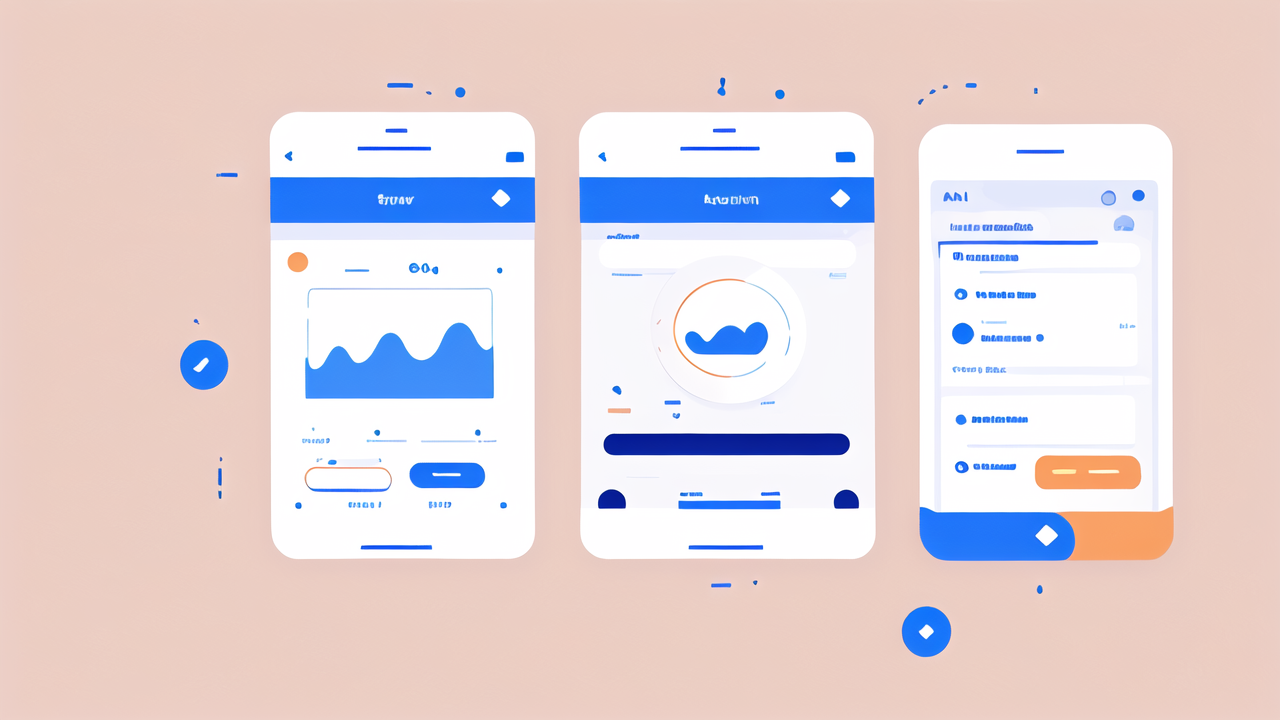The Rise of Wearable Technology in the Health Sector
Understanding the Smart Bracelet Evolution
Smart bracelets have come a long way since their inception. They started as simple step counters. Now, they're powerful health monitors. These devices track heart rate, sleep patterns, and more.

The evolution of smart bracelets has been rapid. Early models focused on basic fitness tracking. Today's versions offer advanced health insights. They can detect irregular heartbeats and measure blood oxygen levels.
Smart bracelets now sync with smartphones. This allows for real-time data analysis. Users can view their health stats instantly. Some devices even offer stress management features.
As technology advances, so do smart bracelets. They're becoming smaller, more accurate, and longer-lasting. The future promises even more sophisticated health tracking capabilities.
Key Drivers for Wearable Adoption in the United States
Several factors are driving the adoption of wearables in the US. Here are the main reasons:
- Health consciousness: Americans are more health-aware than ever.
- Tech-savvy population: Many people are comfortable with new technologies.
- Preventive healthcare: There's a growing focus on preventing health issues.
- Insurance incentives: Some insurers offer benefits for using health trackers.
- Aging population: Older adults use wearables to monitor chronic conditions.
The COVID-19 pandemic has also boosted wearable adoption. People want to track their health closely. Wearables offer a way to do this from home.
Cost reduction in healthcare is another driver. Wearables can help detect health issues early. This can lead to cheaper, more effective treatments.
Data-Driven Health: The Impact of Smart Bracelets
Enhancing User Experience with Intelligent Features
Smart bracelets are becoming more user-friendly. They offer features that make health tracking easy and fun. Here's how they're improving user experience:

- Personalized insights: Devices analyze data to provide tailored health advice.
- Goal setting: Users can set and track fitness goals easily.
- Social features: Some bracelets allow users to compete with friends.
- Smartphone integration: Notifications and calls can be managed from the wrist.
- Long battery life: Many devices now last a week or more on a single charge.
These features make health tracking less of a chore. They turn it into an engaging daily habit. Users are more likely to stick with their fitness goals.
Smart bracelets also offer motivation through achievements and rewards. This gamification keeps users interested in their health journey.
Analyzing Health Metrics to Guide Decision Making
Smart bracelets collect a wealth of health data. This information can guide important health decisions. Here's how:
- Sleep tracking: Users can adjust their sleep habits for better rest.
- Heart rate monitoring: Unusual patterns can prompt early medical checks.
- Activity levels: Data shows if users are meeting exercise recommendations.
- Stress management: Some devices track stress levels, helping users relax.
- Calorie burn: This info can help with weight management plans.
Doctors can use this data too. It gives them a fuller picture of a patient's health. This leads to more accurate diagnoses and treatment plans.
Over time, users can spot trends in their health data. They might notice that certain habits improve their well-being. This knowledge empowers them to make healthier choices.
The Future of Fitness: Trends and Predictions
The Role of AI in Personalized Fitness Coaching
Artificial Intelligence is set to transform fitness coaching. AI-powered smart bracelets will offer highly personalized advice. Here's what we can expect:

- Adaptive workout plans: AI will adjust routines based on progress and preferences.
- Real-time form correction: Devices may use sensors to guide proper exercise form.
- Predictive health insights: AI could forecast potential health issues before they arise.
- Emotional intelligence: Wearables might detect mood and suggest mood-boosting activities.
- Virtual personal trainers: AI coaches could provide motivation and guidance 24/7.
These AI features will make fitness more accessible and effective. Users will have expert-level guidance at their fingertips.
AI will also help interpret complex health data. It will turn raw numbers into actionable insights. This will help users make sense of their health information easily.
Interoperability and the Integration of Fitness Wearables
The future of fitness tech lies in seamless integration. Different devices and apps will work together smoothly. This interoperability will offer several benefits:
- Comprehensive health picture: Data from various sources will create a full health profile.
- Cross-platform compatibility: Users won't be limited to one brand's ecosystem.
- Enhanced data accuracy: Multiple data points will lead to more precise health insights.
- Simplified user experience: One interface could control multiple devices.
- Better healthcare integration: Wearable data could easily be shared with medical providers.
Standardization will be key to achieving this integration. Industry leaders are working on common protocols. These will allow different devices to communicate effectively.
The integration of wearables with smart home tech is another exciting prospect. Fitness routines could adjust room lighting or temperature automatically.
In conclusion, smart bracelets and wearables are revolutionizing health tracking. They offer personalized insights and motivate healthier lifestyles. As AI and integration improve, these devices will become even more powerful tools for fitness and well-being.




Leave a comment
This site is protected by hCaptcha and the hCaptcha Privacy Policy and Terms of Service apply.